| Code | 665784 | Type | 5-Axis Fiber Couplers and Accessories | |
| Effective Focal Length | 7.5mm | Connector Type | FC/APC&FC/PC | |
| AR Coating Range (e) | 1050 – 1700nm | Maximum Beam Waist Distance (ac) | 521mm | |
| Divergence Angle (Full Angle, a) | 1.387mrad | Input Fiber MFD (b) | 10.4μm | |
| Output Beam Waist Diameter (a) | 1.42mm | Clear Aperture of Lens (d) | 4.5mm | |
| Lens Numerical Aperture (NA) | 0.3 | Lens Material | N-BAF10/N-SF6HT | |
| Housing Material | Stainless Steel |
Focal Length
7.5 mm
Connector Type
FC/PC (compatible with both FC/PC and FC/APC connectors)
Coating Types
A, B, C coatings available
Fiber Compatibility
Suitable for single-mode fibers
Achromatic Lens
Included
LBTEK five-axis fiber coupler/collimator with 7.5 mm focal length achromatic lens offers three AR coating options (A/B/C), covering wavelengths from 400 to 1700 nm. With the connector and fiber fixed, the built-in lens provides five alignment degrees of freedom: linear adjustment in X and Y directions, pitch and yaw angular alignment, and Z-axis adjustment via pitch/yaw coupling.
The travel range in X and Y directions is ±0.7 mm, with a resolution of 317 µm per turn. The Z-axis travel range is ±1.0 mm, with a resolution of 200 µm per turn. By loosening the three flat-head screws on the front panel, the connector can be rotated for polarization-maintaining fiber alignment. After alignment, the X and Y positions can be locked by tightening the side locking screws on the housing. The locking ring on the Zθ adjuster can be used to secure pitch/yaw positions.
For five-axis fiber couplers with effective focal length ≤ 7.5 mm, the FC/PC connector is compatible with both FC/PC and FC/APC types, as the combination of five-axis adjustment and short focal length minimizes off-axis deviations.
Compared with five-axis collimators using aspheric lenses, those with achromatic lenses offer smaller focal shift across wavelengths. (See curve page for detailed comparison.) Once the focal length is set, the achromatic lens version is generally suitable for all wavelengths within the supported range. However, compared to aspheric lenses, achromatic lenses exhibit greater spherical aberration.





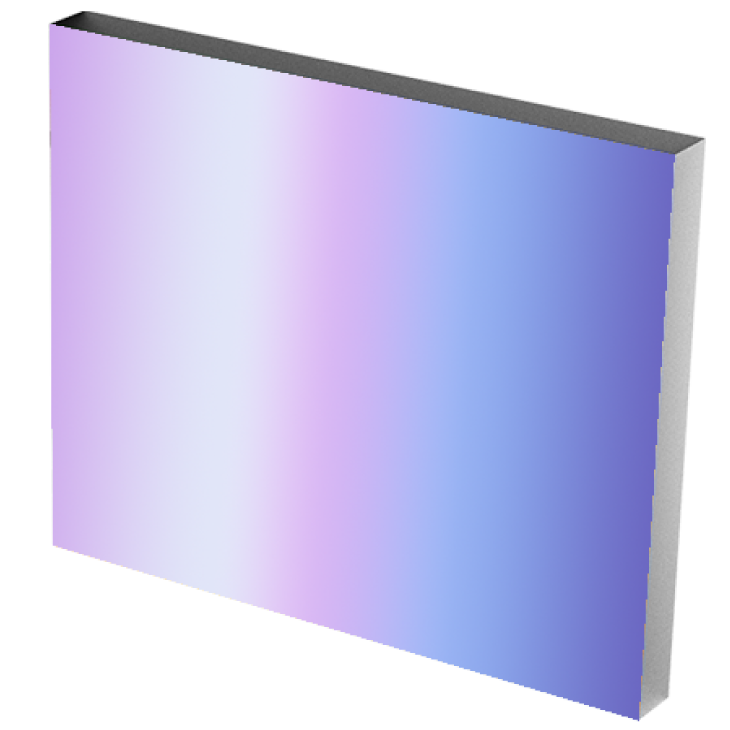



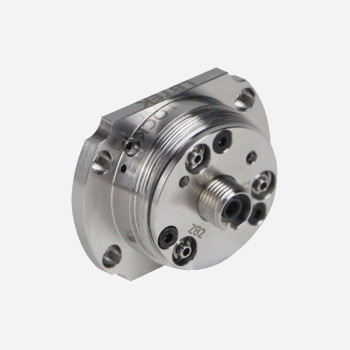

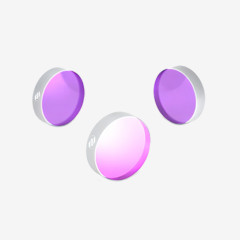
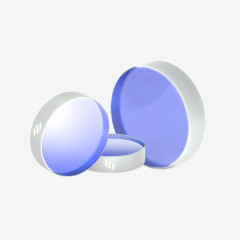
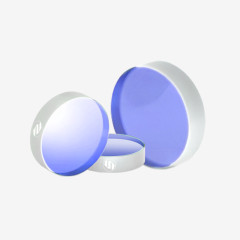
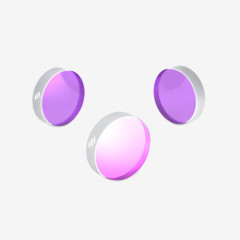
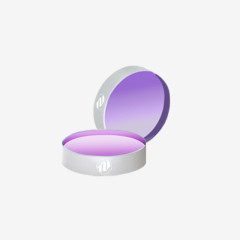
Product evaluation
%High praise
There are comments